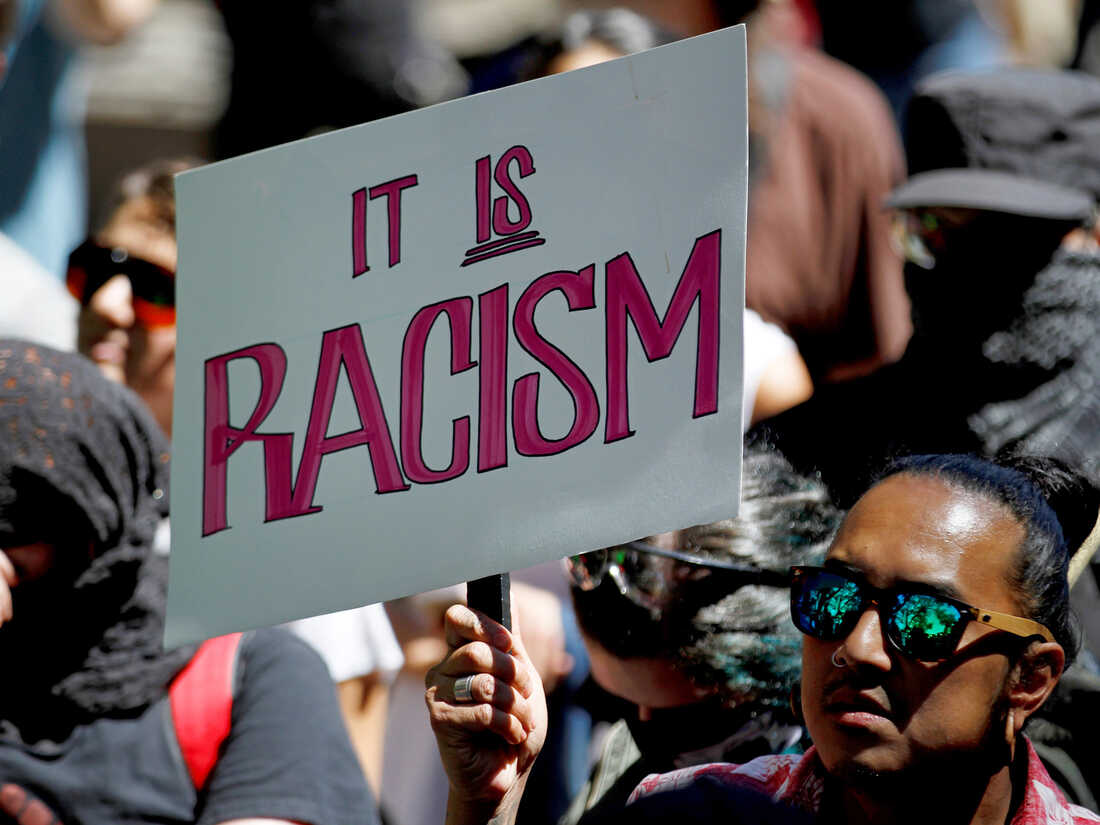Internal Black People Racism in a region fighting for reparations
The Caribbean is artistically diverse in terms of races and ethnicities. These differences in ethnicities have led to an increase in racism and prejudice among black people in the Caribbean, “internalized black people racism.” Many black people believe that because they are already black and being racially discriminated against by other races, they cannot possibly be racist or prejudiced themselves. Their racial behavior is often referred to as “preference.”
It is easy to believe that, being boxed into a marginalized group of individuals, black people would all be met with the same prejudicial problems or at least problems on a similar scale. That, however, is false. Maybe it’s shown that way in movies to make people think that’s the reality, but we must admit that TV has a long history of twisting the truth and stories about black people.
In SVG, this internalized racism is very clear. Although some say that dark skin is “trendy,” “beautiful,” or “respectable,” their actions often contradict these words. It is not uncommon to hear women choosing partners to produce mixed race, mixed hair children, as if lighter skin, and any hair but negro were an achievement. In schools, lighter skinned students may receive more favorable treatment. Hair texture and length are to not be forgotten as one of the reasons of bias; phrases like “nice hair” are usually used to describe looser curls, implying that natural Afro textured hair is less desirable. These are similar to the patterns and legacies of the days of slavery.
This unspoken hierarchy extends into professional spaces as well. Some employers appear to favor lighter-skinned candidates, especially for front-facing roles, embracing what has become known as the “pretty boy” or “red woman” preference, which is openly extended to schools and social media. As one observer noted, there has never truly been a “black woman trend, black man trend” in Caribbean culture. Even the romantic partners of political leaders on both sides of the spectrum in SVG often reflect a pattern, most either light skinned, of non African ethnicity, or of high social or economic status. Time and again, complexion, hair and race seems to take precedence.
Perhaps the most ironic aspect of this phenomenon is its occurrence in countries that are actively demanding reparations for slavery, SVG being one. CARICOM’s reparations movement is gaining momentum, but how effective can it be when some of its most vocal advocates still harbor biases against their own people? Leadership must lead by example, yet political parties across the region, including those in SVG, remain silent on the issue of internalized racism and prejudice.
“Preference” may be a matter of personal taste, but when these preferences become consistent patterns tied to complexion, hair texture, and ethnicity, they warrant serious concern. This is more than a social issue, it is a cultural disease.




